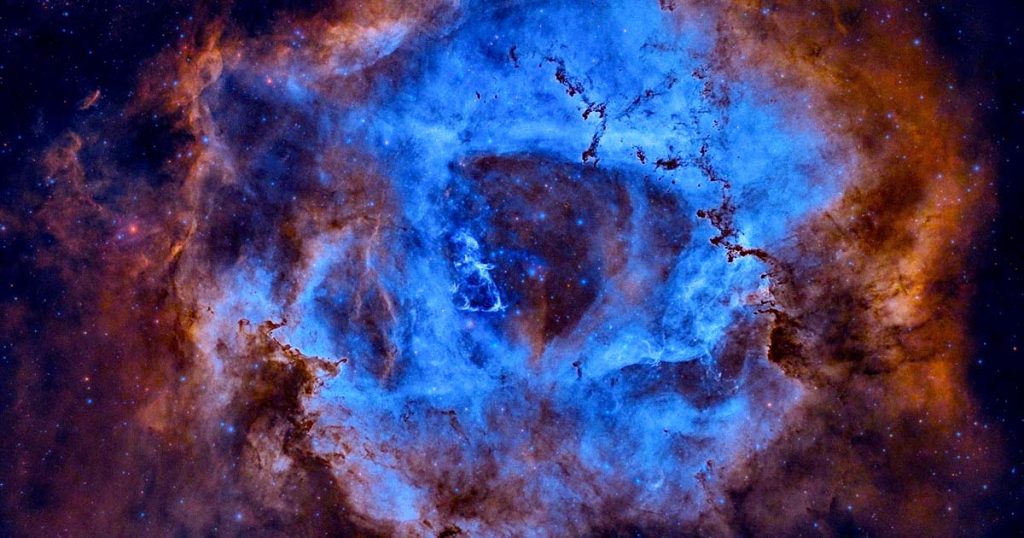
James Webb Telescope Captures Spectacular Images of “Inside-Out” Galaxy Being Born (Image Credit: futurism-com)
“Were all galaxies like this one?”
Different Kind of Galaxy
As scientists continue learning more about how galaxies form, the James Webb Space Telescope is aiding their quest with new imagery of one being born “inside-out.”
Researchers from the University of Cambridge say that these images prove the existence of a type of galaxy that had previously been purely theoretical.
The unusual galaxy with the catchy name JADES-GS+53.18343−27.79097 was captured in the process of forming its stars from the inside out, with its densely-packed core being compared to an inner city and its rapidly-growing stellar “suburbs” forming even quicker.
This differs from most other galaxies, as Cambridge’s Sandro Tachella explains in a statement, which “start small as gas clouds collapse under their own gravity, forming very dense cores of stars and possibly black holes.”
Though astronomers had theories about these “inside-out” galaxies existing, Webb’s advanced instruments have been able to spot one for the first time.
“One of the many reasons that Webb is so transformational to us as astronomers is that we’re now able to observe what had previously been predicted through modeling,” explained Cambridge PhD student William Baker, who along with Tachella co-authored a paper on the newly-spotted galaxy published this week in Nature Astronomy. “It’s like being able to check your homework.”
Astronomers using the James Webb Space Telescope have, for the first time, observed a galaxy from the early universe that is growing from the inside out, just 700 million years after the Big Bang. This galaxy is smaller but more developed than expected. Its center is dense, and… pic.twitter.com/qO5f42fVcD
— Huzaifa Shafqat (@HuzaifaJanjua11) October 11, 2024
Snapshot of the Past
A hundred times smaller than our Milky Way, the galaxy was formed within the first 700 million years after the Big Bang, which is just five percent of the universe’s current age (13.7 billion years).
“The question of how galaxies evolve over cosmic time is an important one in astrophysics,” Tacchella said. “We’ve had lots of excellent data for the last ten million years and for galaxies in our corner of the universe, but now with Webb, we can get observational data from billions of years back in time, probing the first billion years of cosmic history.”
Also unlike the Milky Way, this newly-spotted JADES galaxy seems to double its stellar mass every ten million years — which is much, much faster than our own, which only doubles its mass every ten billion years.
Between its dense core and rapid growth rate, this inside-out galaxy may provide us clues about how galaxies formed earlier in the Universe’s history.
“Of course, this is only one galaxy, so we need to know what other galaxies at the time were doing,” Tacchella mused. “Were all galaxies like this one?”
Being the first of its kind ever seen, it’s way too soon to answer that question — but with the James Webb on the case, there will be more where that came from.
More on JWST: James Webb Telescope Spots Bizarre Object That’s Spewing Out Jets of Gase





